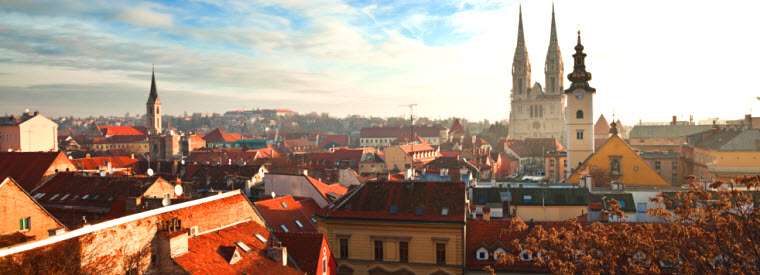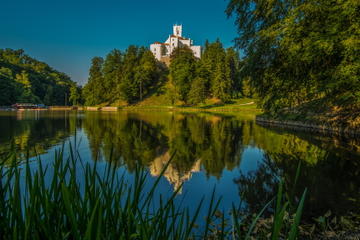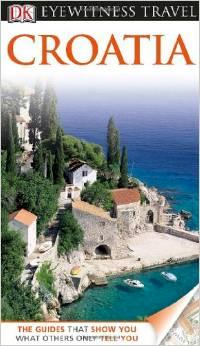« CROATIA • Discover Croatia • Zagreb
Discover magical Zagreb

Zagreb is the most important transport hub in Croatia where Western Europe, the Mediterranean and Southeast Europe meet, making the Zagreb area the centre of the road, rail and air networks of Croatia. It is a city known for its diverse economy, high quality of living, museums, sporting and entertainment events. Its main branches of economy are high-tech industries and the service sector.
A | B | C | D | E | F | G | H | I | J | K | L | M | N | O | P | Q | R | S | T | U | V | W | X | Y | Z
» Donji Grad (Lower Town)
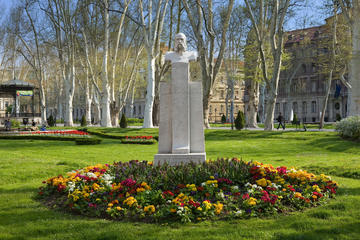
The modern center of Zagreb might not be as strikingly picturesque as its higher altitude neighbor, but Donji Grad, the 'Lower Town', is still the focal point of many visitors' itineraries, home to several of the capital's most prominent buildings and museums. The dramatic centerpiece of the Lower Town is Lenuci's Horseshoe (nicknamed the 'Green Horseshoe'), a series of eight adjoining parks and gardens that encircle the district's main public squares and form a scenic walking route around the principal sights …
» Gornji Grad (Upper Town)
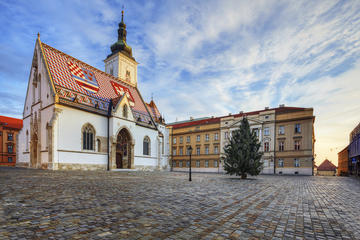
Encompassing the medieval hilltop settlements of Kaptol and Gradec, Zagreb's Gornji Grad (Upper Town) is the capital's historic district, looking down over the modern center of Donji Grad (Lower Town) below. Loosely defined as the area north of the central Bana Jelacica square, Gornji Grad's lattice of cobblestone streets, pretty medieval squares and lively cafe culture make it Zagreb's most picturesque neighborhood and visitors to the city will likely find themselves spending a large portion of their time here …
» Mimara Museum (Muzej Mimara)
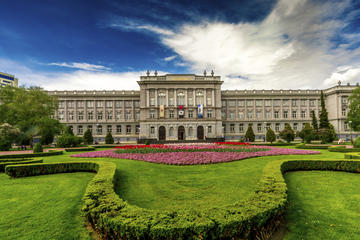
With its grand neo-Renaissance facade presiding over Roosevelt Square in Zagreb's Donji Grad (Lower Town), the Mimara Museum (Muzej Mimara) is impossible to miss, but the dramatic building is more than just a pretty face. This is the city's biggest and most important art history museum, housing over 3,750 works, including paintings, sculptures and crafts, spanning over three millennia. The permanent exhibition is made up of the personal collections of Wiltrud and Ante Topic Mimara, an extraordinary assemblage of artifacts bequeathed to the city in 1987 …
» Stone Gate (Kamenita Vrata)
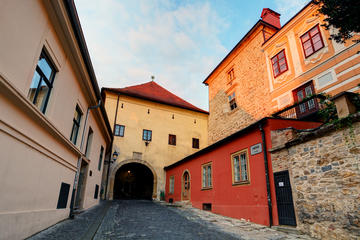
The dramatic Stone Gate (Kamenita Vrata) marks the eastern entrance to Zagreb's medieval Gornji Grad (Upper Town) and is one of the city's most iconic landmarks, providing a useful navigation point for visitors passing between the Upper and Lower towns. The stone-carved arch is more than just a gateway though local legend has transformed it into a shrine and the adjourning chapel flickers with candles, lit daily by local worshippers in honor of the Virgin Mary …
» Strossmayer Promenade
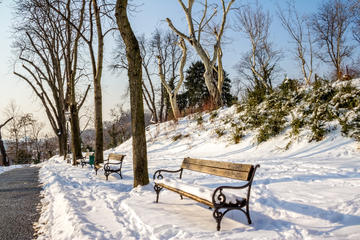
Running along the remains of Zagreb's medieval defense walls and marking the southern border of the Upper Town (Gornji Grad), the Strossmayer Promenade is one of the city's liveliest and most scenic walkways. Named after the famous 19th century Croatian bishop and politician Josip Juraj Strossmayer, the romantic terraced promenade is shaded by towering chestnut trees and its scenic lookouts offer expansive views over the Lower Town below. The easiest way to reach the promenade is by the funicular railway …
» Trakoscan Castle
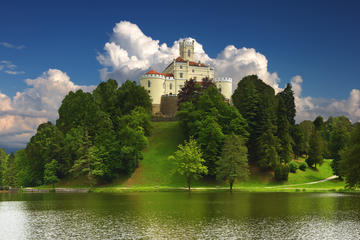
Set against a backdrop of hillside vineyards and lush woodlands in Zagorje, just an hour north of Zagreb, Trakoscan Castle is Croatia's best preserved and most visited medieval castle, and makes a popular day trip from the capital. The grand Gothic fortress dates back to the 13th century, but much of its current appearance is owed to mid-19th century restorations. Sculpted from yellow stone, the castle's white-trimmed crenellations, dramatic drawbridge and red-roofed towers add a fairytale element …
» Varazdin
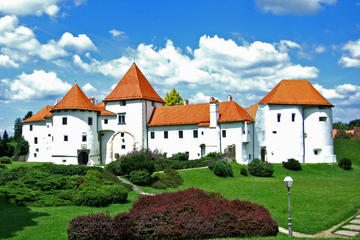
As the one-time capital of 18th-century Croatia, Varazdin boasts a strategic location on the Drava River, close by the Slovenian and Hungarian borders. A popular day trip destination from Zagreb, the lively Baroque town is a charming example of a traditional Croatian settlement, renowned for its exquisite architecture. Varazdin is also known for its long-standing affiliation with the arts, showcased by the 10-day open-air arts festival held each August and the prestigious Varazdin Baroque Evenings held throughout September …
» Zagreb Cathedral of the Assumption
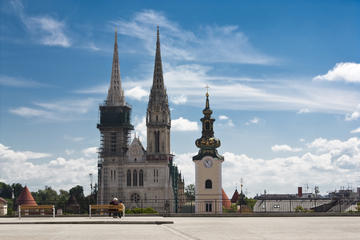
With its gothic spires towering 105 meters over Zagreb's Gornji Grad (Upper Town), the Cathedral of the Assumption of the Virgin Mary (or simply, Zagreb Cathedral) is an omnipresent landmark, as well as being one of the city's top attractions. Built in the 11th century, the magnificent cathedral is Croatia's tallest structure and largest place of worship, notable for its striking Neo-Gothic design, the handiwork of Hermann Bolle, who restored the cathedral after its destruction in the Zagreb earthquake of 1880 …
« CROATIA • Discover Croatia • Zagreb


